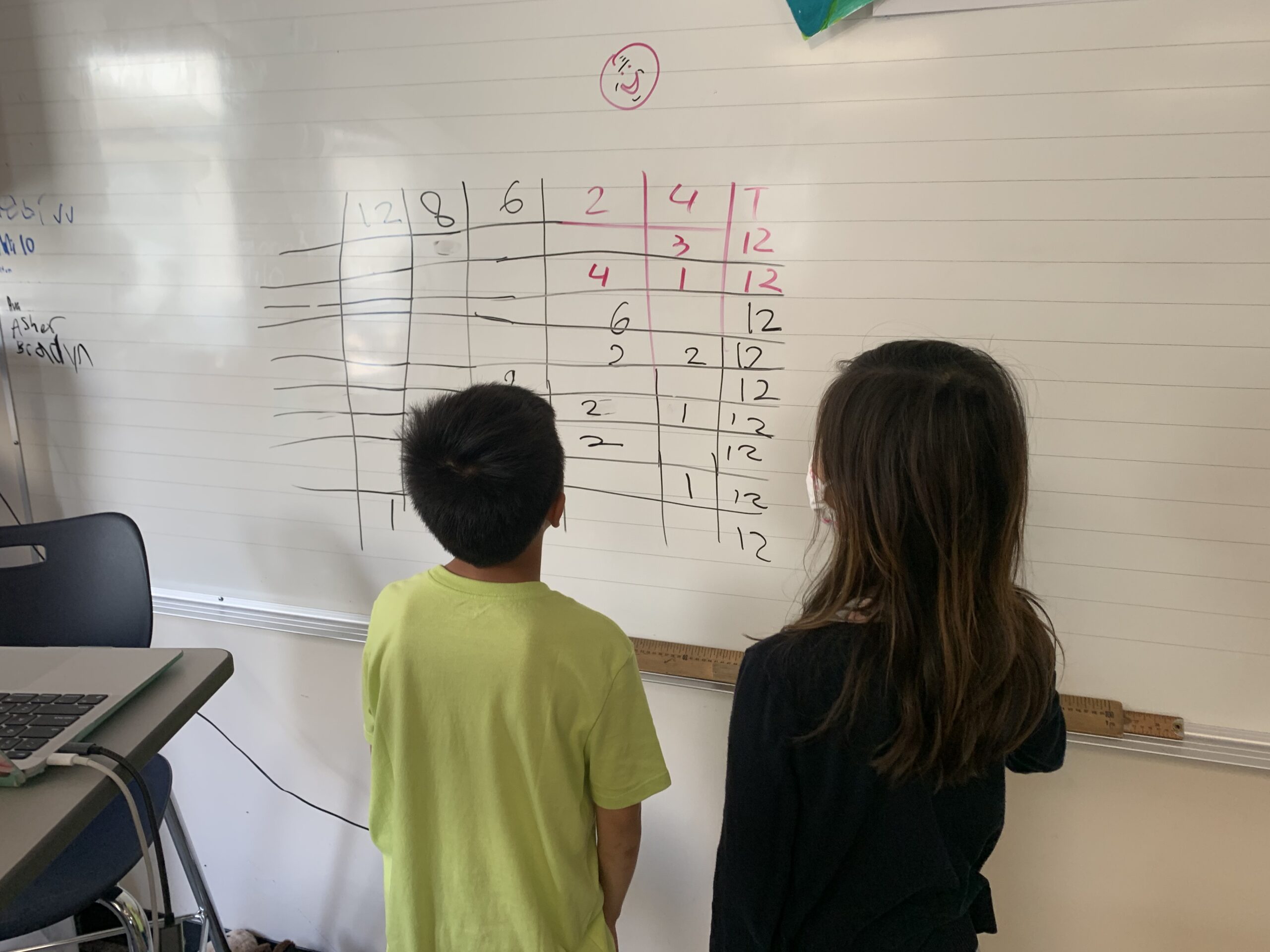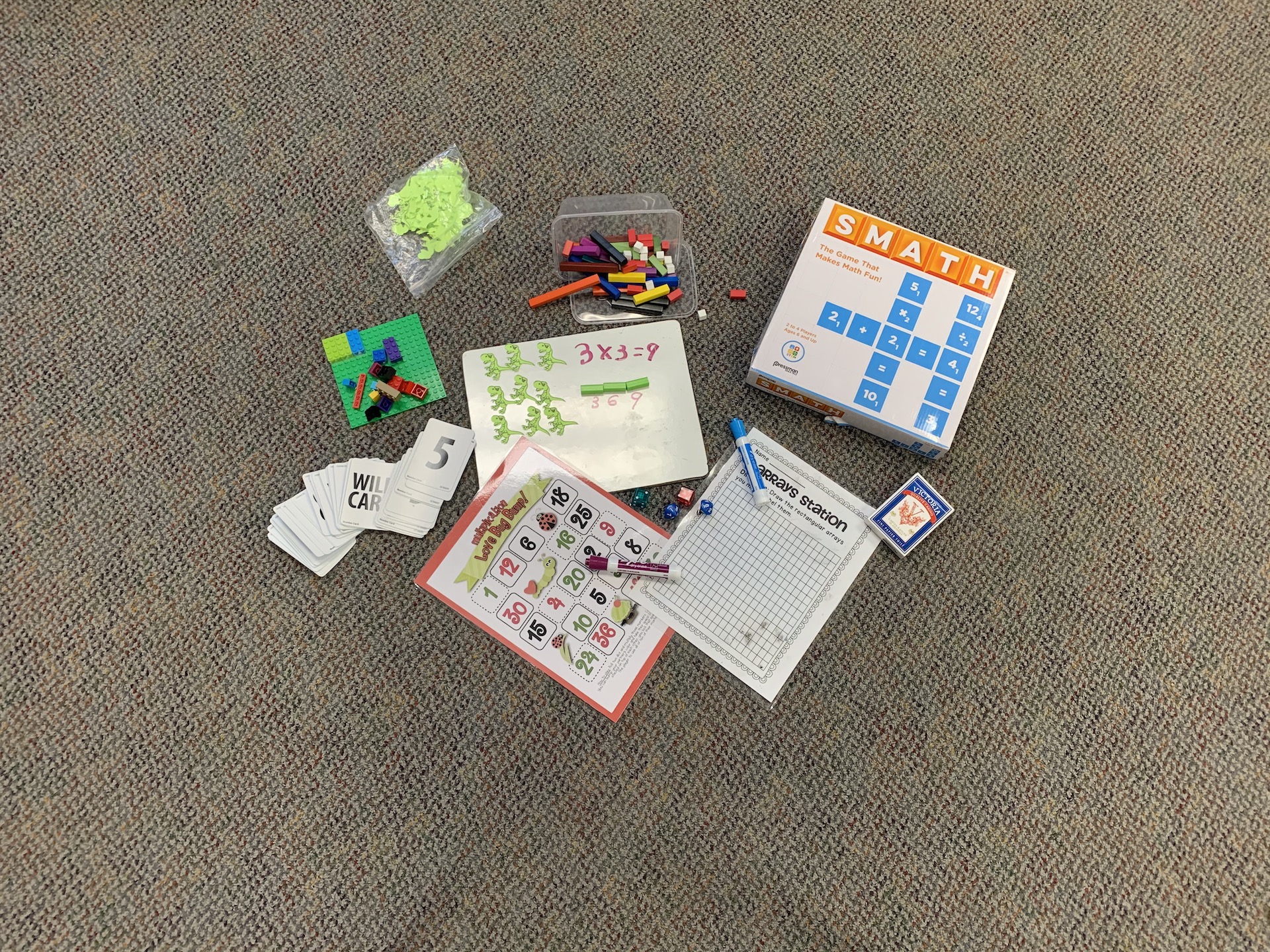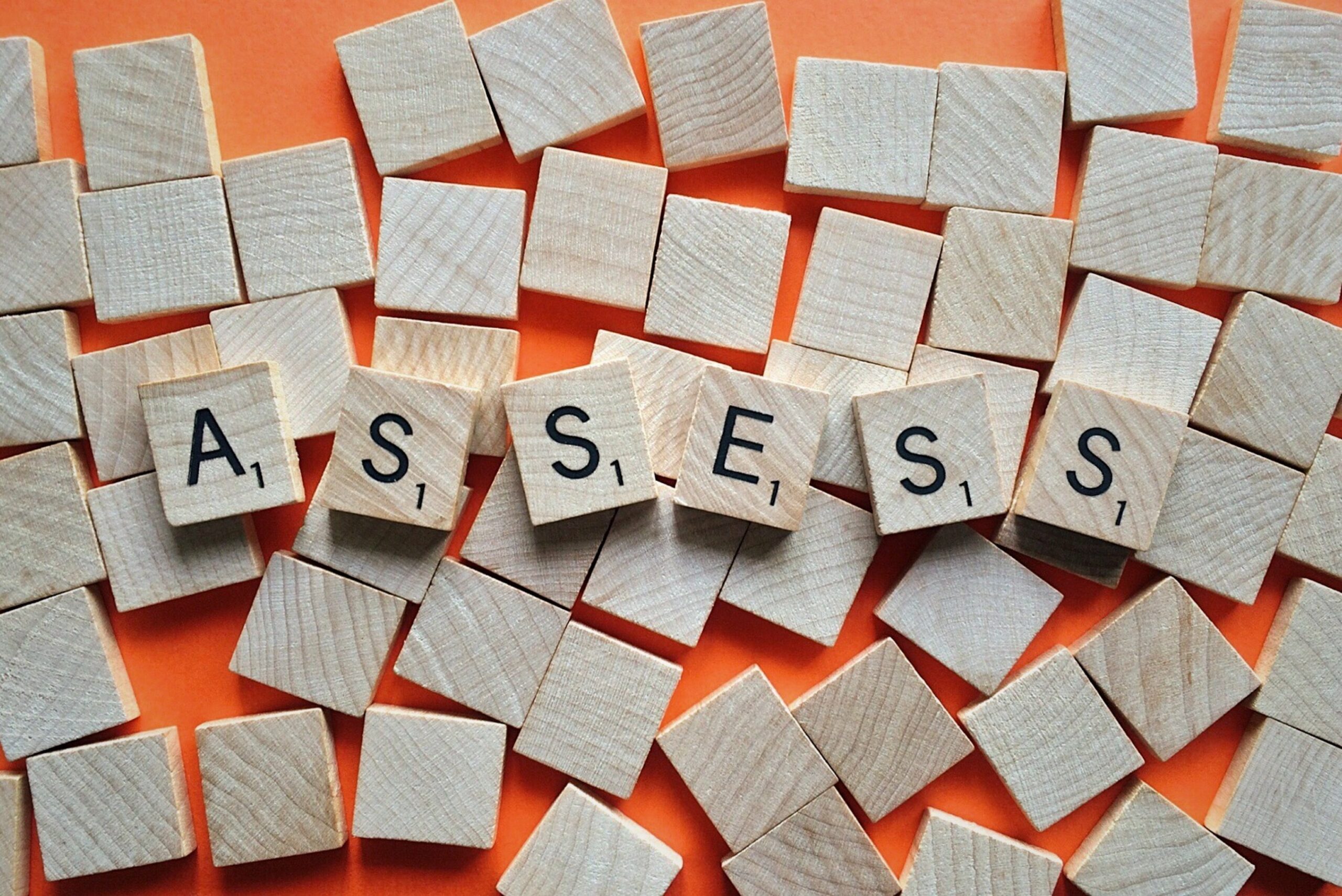My grade group partner and I collaborate on classroom assessments, using common rubrics for writing, reading responses, and math problem solving in our grade 4classes. This helps us pinpoint student strengths and weaknesses and instructional areas needing improvement. Developing these rubrics aligned with provincial performance standards took us five years, ensuring they are student and parent friendly. We use the same rubrics throughout the year to track student progress and growth. However, challenges include interpreting provincial standards and the potential for teacher comparisons based on assessment scores. Assessments can aid accountability when measuring student growth over time, but they can’t be the sole determinant, given various factors influencing student performance. Overall, I strongly disagree with using assessments as a primary accountability tool for teachers. In reflecting on my most recent class of 30 grade 4 students using assessments as the sole accountability tool would not have reflected the diversity of my students and the multitude of other successes. I had a high needs group including 6 ELL and 8 IEP students. If assessment results and end of year marks were the only accountability tool my year was not successful, while progress was made of the 14 students receiving ELL or resource support 12 had at least one academic area as developing or emerging, but they made progress over the course of the year. This is best exemplified by a single student, a young girl who joined my class on Halloween after being placed in foster care the night before. A child who had been to 15 schools in her academic career and I was her third class by Halloween. This student did not trust being at school and had never felt connected to a teacher, my mission was to make her feel safe and connected at our school and I succeeded, I ran into her in the grocery store a week ago and she sprinted across the produce section to see me and meet my son. While she made huge gains in her relationships and trust of school, going from hiding in washrooms and under the playground to being the first in line in the morning with a huge smile and happily telling me all about her new kitten and swimming lessons, but all year her academic assessments showed minimal growth and her skills to be that of a kindergarten child. Looking at her assessments we failed her academically, but the confidence and security she gained last year is immeasurable. If my success was to be measured only by her assessments and I was to be held accountable for that and that alone I failed, but her other growth is some of the proudest moments of my teaching career. Using assessment both classroom and large scale for teacher accountability has serious drawbacks in that the classroom is full of so many moving parts, unique stories and wonderful personalities that an assessment does not measure. Until we can assess for student happiness, class culture and human connection using assessments for accountability feels limited as it only tells part of the story.
I think the decision on if high stakes assessments should be used as part of a formative assessment process depends on the age and education level of a student. While a high stakes assessment has a very limited place in the elementary and middle school years they could be a valuable formative tool in later high school and post secondary. A placement test is an example of a high stakes assessment that can also have formative value, while a score or set of criteria might indicate the course in which a student should be placed to begin with the strengths and stretches indicated on the test can be used formatively as a diagnostic tool to tailor instruction to the students in a classroom. Like many things in education it can not be fully black and white our traditional k-12 system encompasses learners from the age of 4 to 18 the abilities and maturity of students in that range varies and so must how we assess them and how we utilize that assessment. A psychoeducational assessment can also be considered high stakes but acts as a formative tool in addition to measuring student ability and diagnosing learning difficulties it gives educators information about where to begin with a student and how best to move them forward. I don’t think that making blanket statements is possible based on the amount of variability in our schools and our students.





